Burns can be complex – and more so with other traumatic injuries
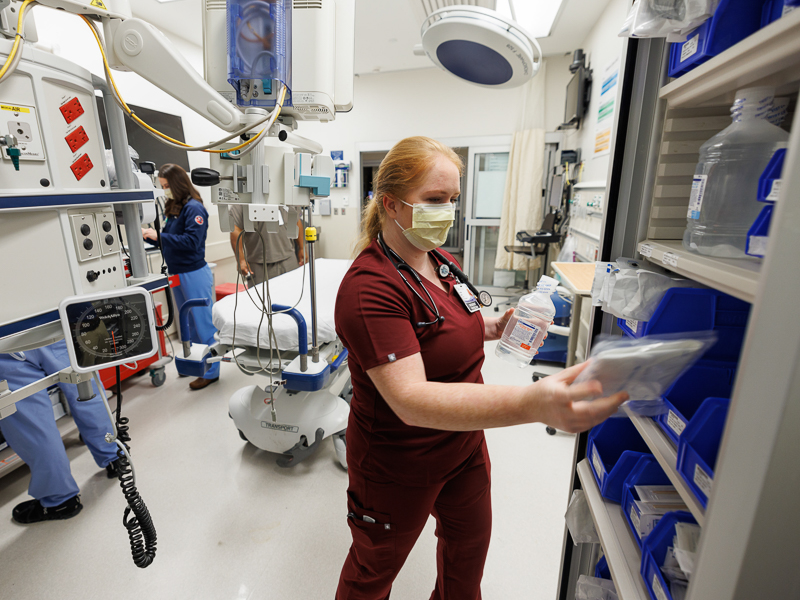
Before a patient with significant burns arrives at the University of Mississippi Medical Center’s Emergency Department, a broad and specialized care team is on go to stabilize them and give immediate treatment for all injuries.
Trauma and critical care surgeons. Nurses skilled in emergency and trauma medicine. Plastic surgeons to treat facial burns. Anesthesiologists and pulmonologists to provide relief for breathing issues and lungs damaged by fire or chemicals. Orthopaedic surgeons to repair a shattered pelvis or other fractures.
Burn patients receive the round-the-clock depth of multidisciplinary care and resources available only at the state’s sole academic medical center and only Level I trauma center, the highest designation.
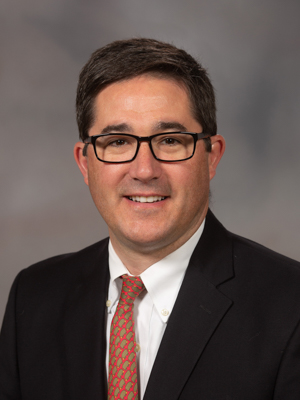
“We treat a burn as a trauma,” said Dr. Peter Arnold, professor of surgery and chief of the Division of Plastic and Reconstructive Surgery. “This is not foreign territory to us.”
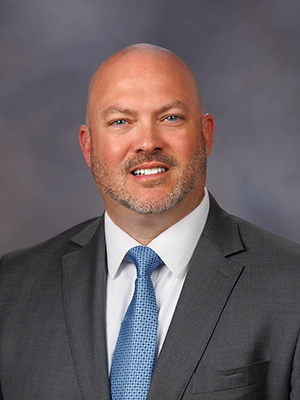
“This is a multidisciplinary approach that stretches much further than the Emergency Department,” said Jason Zimmerman, chief nursing officer for the Medical Center’s adult hospitals.
It’s the complexity of burns and trauma that makes minutes count and expert multidisciplinary care so critical. In its unique role as the health system that treats Mississippi’s sickest of the sick, UMMC in January announced it has established the Mississippi Burn Center on the Jackson campus.
Merit Health Central’s burn unit in Jackson closed in October, creating a health care gap.
The Mississippi Burn Center team, which will grow in size and depth over coming months, cares for patients whose additional injuries can be just as traumatic. “A burn doesn’t always occur in isolation,” said Arnold, who serves as medical director of the Center.
The experts include Dr. Matthew Kutcher, assistant professor of surgery and trauma/critical care, who treats patients in the Emergency Department trauma bay, the OR and the intensive care units.
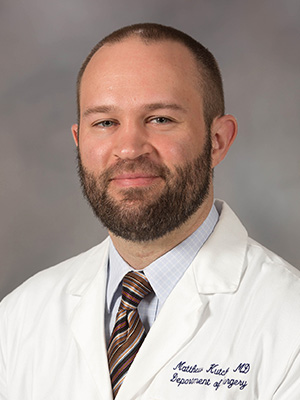
“Burns and trauma so frequently overlap. If someone has trauma, they come to us and we evaluate and treat them from a trauma viewpoint,” Kutcher said. “Then we do goal-directed care for their burns. We’ve always done that.”
The trauma team in recent months treated a patient with electrocution burn injuries. “They are at risk of having fatal heart arrhythmia because the voltage damages the heart in addition to burning them,” Kutcher said. “Those patients are monitored in the ICU until they are stable, just like a trauma patient would.”
As do hospitals nationwide, in the best interests of a severely burned patient, UMMC has always evaluated them for the highest level of care they need. “We’ve seen significant burn patients in our ED for years,” Zimmerman said. “We transfer the majority with severe burns to regional burn centers, depending on the care of transfer criteria that determines that.”
A severely burned patient’s immediate medical needs, however, are evaluated in tandem with any transfer decision.
“People who come to us first with burn issues often have something we have to stabilize before we can even think of sending them to a burn center,” Kutcher said. “That might be a helicopter or plane flight away. They could have broken bones or head injuries. They could have lung injuries from smoke inhalation.”
Before a burn patient arrives via ground ambulance or transport such as UMMC’s AirCare, the state’s most sophisticated helicopter medical transport, their treatment has already begun. “The initial care for these patients starts with our emergency management services colleagues out in the state,” Arnold said.
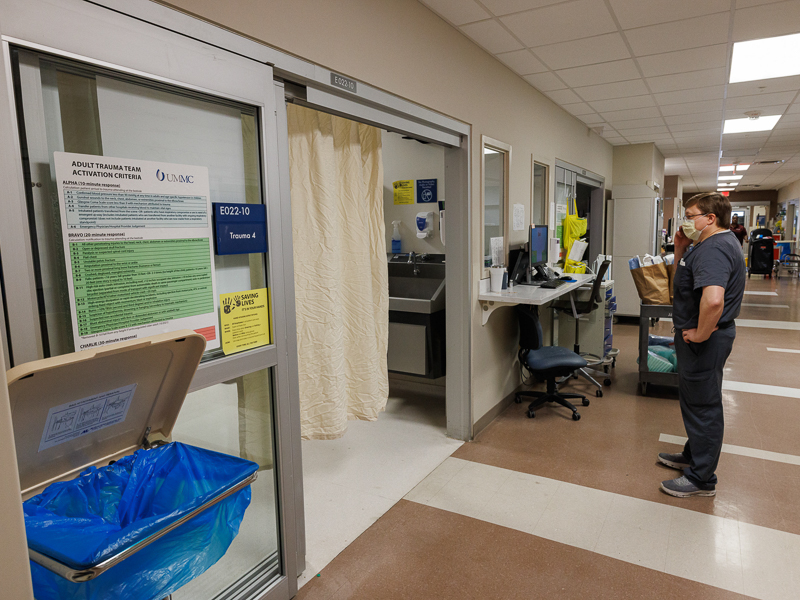
Once they enter the Emergency Department, providers stabilize them. Do they need breathing assistance? Are they bleeding? Are they in pain?
“You have to take the entire clinical picture of what the burn was, and overlay that with the patient’s underlying medical problems, including comorbidities, so that all of the specialists needed can be deployed to our trauma unit,” Arnold said.
“We identify the best qualified providers to assemble into the multidisciplinary team,” Kutcher said. "These teams are how we have taken care of complex trauma patients here at UMMC for more than 20 years. Adding burn specialists to this system is a natural next step."
In those first minutes, providers make sure the patient’s airway is kept secure through ventilation and administering oxygen. They check to see if sure lung and kidney function is appropriate, Arnold said. “We rely heavily on our anesthesia colleagues to manage pain. That’s a huge component,” he said.
Trauma and plastic surgeons are “heavily involved, early in the process,” he said. “The team comes up with a plan for fluid resuscitation and for whatever other specialties need to be involved. This occurs within the first few minutes the patient is in our trauma bay.”
The team finds out – right away – when the burn occurred. “We do all of our fluid resuscitation calculations around when the patient was burned, not when they got to the ED,” Arnold said. “We also consider how much the patient weighs.”
When a patient suffers severe burn injuries, the skin that hold fluids in the body is lost. “If the patient has a very large burn covering 30 or 40 percent of their body, they have a tremendous need for lots of IV fluids,” Arnold said. Fluid resuscitation means “giving appropriate amounts and kinds of fluid, over an appropriate length of time.”
Depending on their burn and non-burn injuries, patients might be taken to surgery not long after their arrival and then continue their care in one of UMMC’s intensive care units for critically ill patients or its medical-surgical patient floor.
The Medical Center’s plastic surgery team “will be involved very early,” Arnold said. “These patients will be plastic surgery patients for the rest of their lives, and we intervene early to get them as far down the road as possible with the best outcomes.”
The patient might require a surgical procedure called debridement, depending on the burn’s location and severity, to remove burned tissue and expose healthy tissue, Arnold said.
“For a small burn, we can sometimes go immediately to a skin graft,” he said. “For larger burns, we use tissue substitutes called allografts that allow us to put a biologic covering over the burn. We debride all we can, and then place the allograft and make plans to come back to the OR a few days later to make sure the allograft adhered, or to remove more (damaged) tissue if necessary.”
From the start, infectious diseases specialists are part of the team. “Sometimes, patients who are extensively burned can have very uncommon infections,” Arnold said.
The patient’s comorbidities – for example, hypertension or diabetes – are closely followed because they can play a role in complications and in the patient’s healing. “And you might not think of this as medical, but our social work team is involved from the beginning,” Arnold said.
“These patients need a lot of support. Where will they go when they’re discharged? How can we set them up for the best possible outcome? We often ask our colleges in the Department of Psychiatry and Human Behavior to see these patients. They’ve had a terrible life-changing event.”
Coordinated care from providers including respiratory therapists, specialists and sub-specialists is part of a burn victim’s after-care journey. “If someone has severe diabetes, we will have an endocrinologist see them,” Arnold said. “They might need imaging services, speech therapy, occupational and physical therapy. Anesthesia (for pain and follow-up procedures) is a huge piece of this care.”
As it expands, the Mississippi Burn Center will add nurses specifically trained in burn care and develop competency levels of staff to provide any and all care for burn patients. It will put in place a leadership team and fine-tune the individualized care coordination that includes services – for example, physical and occupational therapy - from across the Medical Center.
And as it always has, Children’s of Mississippi’s multidisciplinary teams offer acute and post-discharge treatment for children who suffer burns.
“This is an opportunity for us to grow something really special in Mississippi,” Arnold said of the Mississippi Burn Center.
“We are on a journey,” Zimmerman said. “There are things we can do now in our current space, but there are other things that we are preparing ourselves to do in the future.
“We take care of the sickest patients already, but we have to expand on that to make sure we have great outcomes, great quality of care and are comparable to other burn centers in the region.”


